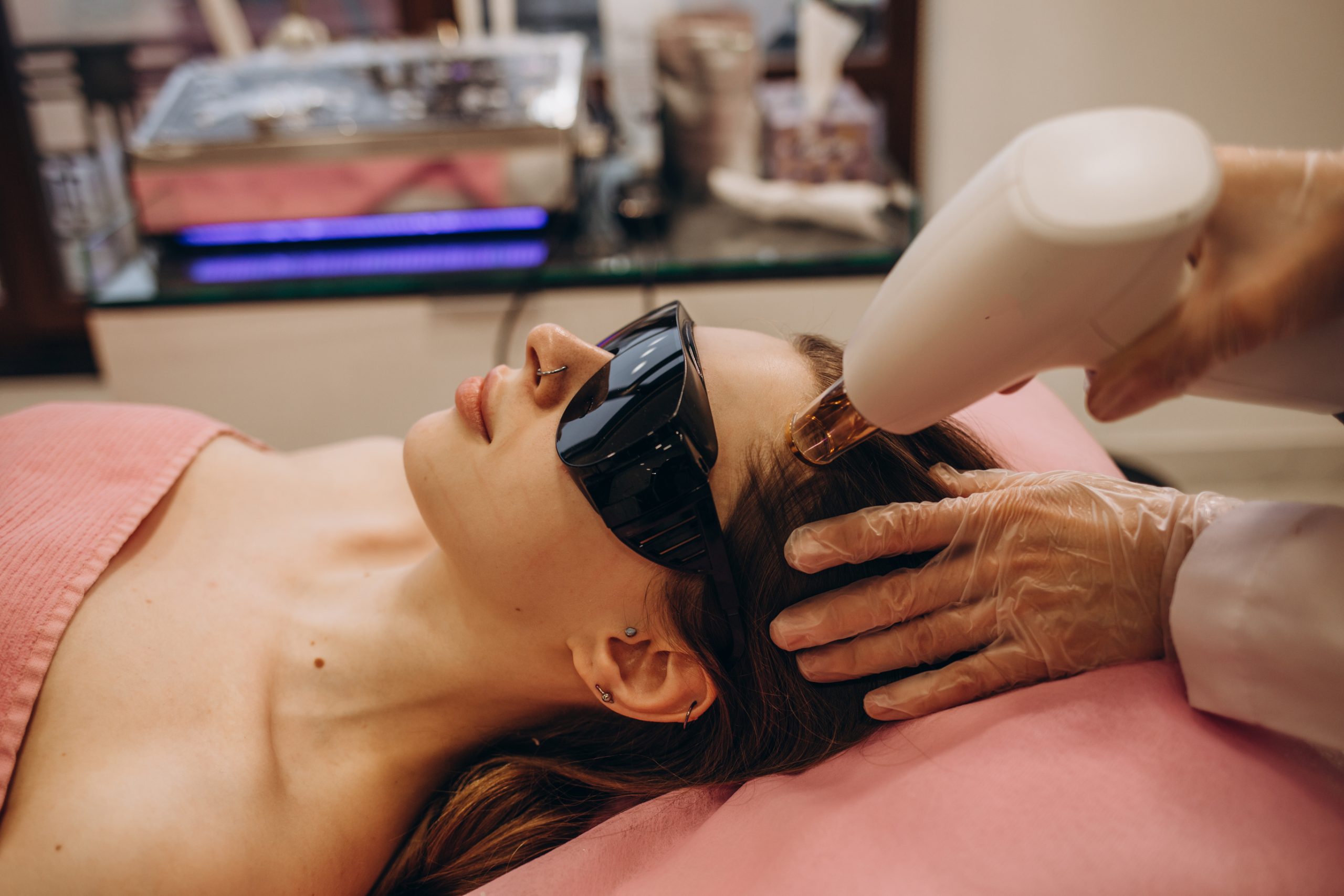When it comes to being pet owners, you cannot take your responsibility lightly. Undoubtedly, the health and wellbeing of your pets are paramount. Among your pets, if you have a Bengal cat, you need to pay special attention. Known for their strikingly beautiful and richly colored fur, Bengal cats are equally famous for their hyperactive behavior. So, how would you ensure a stimulating and conducive indoor environment for them? This article will guide you through the essential steps to help create a suitably engaging atmosphere for your beloved Bengal feline.
Understanding the Behavior and Needs of a Bengal Cat
Before you delve into creating a conducive environment, you must first understand the behavior and peculiar needs of a Bengal cat. As pet owners, the more you know about your pet, the better you will be able to cater to their needs and ensure their wellbeing.
A découvrir également : What are the guidelines for feeding a vegan diet to a senior Chihuahua with heart disease?
Bengal cats are known for their high energy and playful behavior. A genetic descendant of the wild leopard cats of Asia, Bengals inherit a strong instinct to hunt, seek, and explore. Unlike common domestic cats, Bengal cats need more time for play and exercise. This is why, keeping them indoors without the right stimulation could lead to problematic behavior and health issues.
A Bengal cat’s hyperactivity is not a disease. It’s an inherent trait that they may exhibit more acutely when they are kittens but could persist into adulthood. The key is to channel this energy positively and prevent it from turning into destructive behavior.
Dans le meme genre : How to ensure a balanced diet for a pet squirrel in a UK home?
The Role of Food and Diet in Managing Hyperactivity
One of the areas that you can focus on to manage your Bengal cat’s hyperactivity is their diet. Food plays a significant role in their overall health and energy level. High energy cats like Bengals need a balanced diet rich in proteins and fats to fuel their activities.
While it’s important to provide them with enough food to cater to their energy needs, overfeeding could lead to obesity, a common health concern in indoor cats. It’s a tricky balance to maintain, as underfeeding could leave them feeling unsatisfied, leading to potential stress and increased hyperactivity.
You also need to keep in mind the timing of the meals. Feed them at regular intervals to avoid bouts of energy spikes and crashes, which can further stimulate their hyperactivity. Make mealtime a routine that they can anticipate and look forward to.
Creating a Playful and Engaging Environment
Creating an engaging environment for your Bengal cat will go a long way in keeping their hyperactivity in check. Remember, Bengals are not lap cats; they prefer to play, jump, and exercise. A stimulating environment can help accommodate their active lifestyle.
For instance, cat towers and scratching posts are great for Bengal cats. They love to climb and view their surroundings from a high vantage point. Interactive toys like laser pointers, ball tracks, feather wands, or anything that can mimic prey will also keep them entertained.
Additionally, you might want to consider having a safe, enclosed outdoor space where your cat can explore and play. This will help them satisfy their natural instincts while still keeping them safe from dangers like traffic or infected wildlife. If outdoor access isn’t possible, indoor plants or a cat-friendly indoor garden can also help provide the enrichment they need.
Regular Exercise and Training
Exercise is crucial for a Bengal cat’s health and to manage their hyperactivity. Regular play sessions will help burn off their excess energy and keep them fit. Bengals love interactive play; hence, engaging with them in their exercise routine will help strengthen your bond.
Training your Bengal cat can also help manage their hyperactive behavior. Bengal cats are intelligent and can learn new tricks quickly. You can teach them to fetch, perform agility tricks, or even walk on a leash. This not only engages their body but also their mind, which is equally important for their overall wellbeing.
Monitoring Health and Prevent Diseases
Despite your best efforts, if your Bengal cat’s hyperactivity seems excessive or is coupled with other symptoms like lack of appetite, aggression, or lethargy, it might be time to consult a vet. Hyperactivity can sometimes be a symptom of underlying health issues such as hyperthyroidism or rabies. Regular health check-ups can help detect such problems early and keep your Bengal cat healthy.
Remember, creating a stimulating indoor environment for your Bengal cat is not just about the physical space. It also involves understanding their unique behavior, providing appropriate food, ensuring regular exercise, and keeping an eye on their health. By focusing on these aspects, you can help manage your Bengal cat’s hyperactivity and provide them with a fulfilling and enjoyable life indoors.
Providing Mental Stimulation and Appropriate Cat Toys
It’s crucial to stimulate the minds of Bengals. Mental stimulation is as important as physical activity in managing a Bengal cat’s hyperactivity. This breed of cats is highly intelligent, and they enjoy puzzles and challenges.
Consider incorporating a variety of cat toys into their indoor environment. Puzzle toys are a great way to engage their mind. These toys often hide treats inside and challenge the cat to figure out how to get the treat. This not only provides mental stimulation but also turns the activity into a rewarding experience for the cat.
Other than puzzle toys, interactive toys like laser pointers, ball tracks, and feather wands can also entertain your Bengal cat. Catnip-filled toys are another good option. Rotate the toys to keep your cat interested and engaged.
In addition to toys, a litter box is a must for indoor cats. It’s vital to keep it clean to prevent your cat from avoiding it and causing a mess elsewhere. Remember that Bengal cats, like most domestic cats, are very particular about their hygiene.
Lastly, don’t forget that the best toy for your Bengal cat is you. They love interactive play and would enjoy games that involve their human family members.
Maintaining a Healthy Immune System and Caring for Older Cats
As much as it’s vital to manage your Bengal cat’s hyperactivity, it’s equally important to ensure their overall health. Regular veterinary check-ups and vaccinations are essential to maintain a healthy immune system and prevent your indoor cat from getting infected with diseases.
Bengal cats, like any other breed, are prone to certain genetic conditions. Regular check-ups can help identify these issues early and provide appropriate treatment.
It’s also important to remember that the needs of your Bengal cat will change as they age. Older cats may not be as active as they were during their youth, but they still require an engaging environment. Lower cat towers, softer toys, and gentler games are more appropriate for older cats.
In conclusion, caring for a Bengal cat is a rewarding experience. With their vibrant personality and striking appearance, they make great companions. However, their hyperactivity can be a challenge for most cat owners. By understanding their behavior, providing an interactive environment, ensuring a balanced diet, regular exercise, and proper healthcare, you can keep your Bengal cat happy, healthy, and entertained indoors. It may require some effort, but the love and affection you receive from your Bengal cat are worth it.











